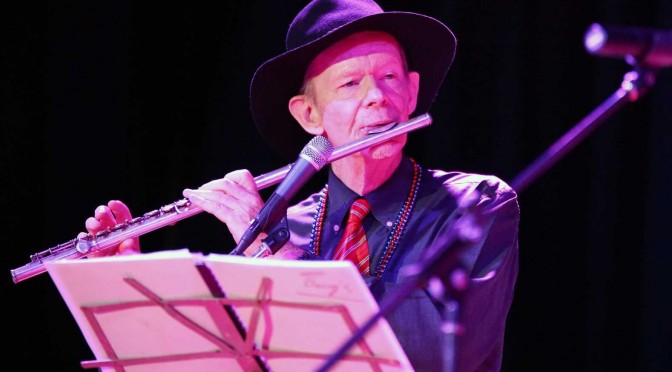This song, written by Jim Sharkey, a member of the Illawarra Union Singers, was born out of the Covid 19 pandemic. Jim writes, I had the music & words for this song in my head while my wife and I were in Yackandandah in March 2020. We had been to the Port Fairy Folk Festival.… Continue reading We’ll Stand Together
Latest Posts
The Blantyre Explosion: A Song
This song commemorates a coal mining disaster, in the Scottish town of Blantyre, in the vicinity of Glasgow in 1877. The explosion was a firedamp, or methane, explosion. It beggars belief that this initial disaster, killing 207 men and boys, some as young as 11, was followed by others, in 1878 and 1879. Equally unthinkable… Continue reading The Blantyre Explosion: A Song
1872: A Song About the Maritime Union of Australia
This song touches on key events in the history of the MUA, and direct action taken by that union in the interests of peace and justice. It was written by Walter Pritchard, Katie Newfield and Jonathon Snook, and is one of the songs featured in Walter’s musical play, “The Mayday Queen of the Scarlet Belt”. … Continue reading 1872: A Song About the Maritime Union of Australia
Peace, Hope & Love! SATB Arrangement
This is a song for peace, adapted by Doug McPherson from a hymn by Trisha Watts. Each year, on August 6th, a group of us meet at a peace monument in Wollongong mall, to commemorate the bombing of Hiroshima. We sing a couple of songs, and have a minute of silent reflection. This year, 2020,… Continue reading Peace, Hope & Love! SATB Arrangement
Put It On The Ground
This song, published in both “The Little Red Song Book” and “Sing Out” magazine, was closely associated with the Industrial Workers of the World, an international trade union movement. The song’s copyright is marked 1947. Recording’s are scarce. This arrangement uses the lead-sheet published in “The Little Red Song Book” as a starting point. One… Continue reading Put It On The Ground
The Price of The Coal: Climate Change
Here is an adaptation of a song written by Wendy Richardson. The original song focuses on the price of the coal in the context of the lives of the miners. This version of the song, with verses written by members of the Illawarra Union Singers, focuses on the price of the coal in terms of… Continue reading The Price of The Coal: Climate Change
The Appin Tragedy
The night of Tuesday, July 24, 1979, shook not only the small mining community of Appin but the entire Illawarra, with the region’s families dependent on their men going underground day after day (Cox 2009). This song uses words from a poem by Sid Wright, and music written and arranged by Sarah De Jong. This… Continue reading The Appin Tragedy
A Lament for Liberal Party Leadership
-Or lack thereof. This song is based on a somewhat earlier song, “The Nonsense Song”, written at the height of Tony Abbott’s “leadership” of Australia. This current song only has 3 verses, dealing with the 3 most recent Prime Ministers. Sheet Music Sheet Music (Cropped) Scroll down for the sheet music, with performance notes in… Continue reading A Lament for Liberal Party Leadership
Solidarity Forever: An Arrangement for the Illawarra Union Singers
“Solidarity Forever”, written by Ralph Chaplin in 1915, is a popular union anthem. It is sung to the tune of “John Brown’s Body” and “The Battle Hymn of the Republic“. Although it was written as a song for the Industrial Workers of the World (IWW), other union movements have adopted the song as their own. https://en.wikipedia.org/wiki/Solidarity_Forever This arrangement, is for… Continue reading Solidarity Forever: An Arrangement for the Illawarra Union Singers
Banks Are Made of Marble
This song was written in 1949 by Les Rice, a farmer from New York State, USA. It deals with the perverse injustice, exploitation and inequality Rice saw all around him. Pete Seeger wrote about Les Rice and this song: “Like most small farmers, he was getting intolerably squeezed by the big companies which sold him… Continue reading Banks Are Made of Marble



